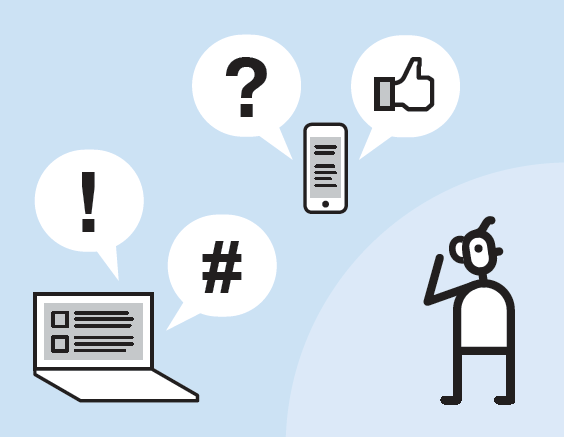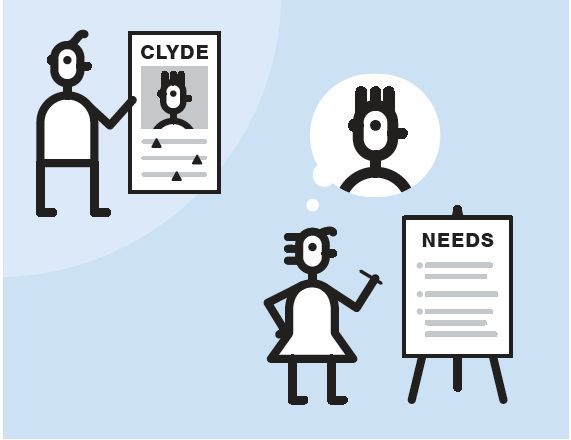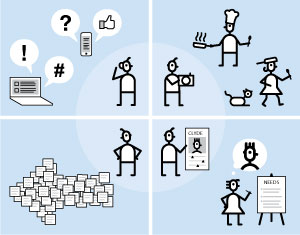Using user research to get to know your audience is an important initial step in creating a strong brand.
It’s essential to understand the people who will interact with your product or service. That’s a no-brainer. But getting to know these people isn’t always so easy. Many businesses spend a lot of time conducting extensive user research about their audiences.
If you’re developing a product or service and don’t have time for a deep dive into research, try a lightweight, qualitative approach to glean valuable, low-hanging insights you can use right away.
Here are some quick and simple methods to help you get inside your audience members’ heads and extract meaningful information.

1) Eavesdrop online to accelerate user research.
Listen in on Twitter, Facebook, and online forums to get an idea of your audience’s priorities, likes, and dislikes. Search for keywords in Twitter, or use Google to search for keywords in discussion forums and blogs. To see the most popular thoughts about your offering, type it into a search engine and notice what autocompletes. For example, when you type “Brussels sprouts” into Google, you get “Brussels sprouts recipes” and “Brussels sprouts are gross” — phrases based on hundreds of thousands of searches. Using online eavesdropping methods like these allows you to capture candid opinions from your audience, quickly.

2) Using user research to observe your audience.
Find two or three people who represent your audience and visit them in their everyday environments. Let them walk you through their day to show you who they are. They are the experts of their own lives — you are there to learn with an open mind. Take notes, take pictures, and collect artifacts. Ask a lot of questions, too. Curious about why Susan, a self-proclaimed “health nut,” passes on the Brussels sprouts when she grocery shops? She’ll tell you she doesn’t know what to do with them. Moments like this can give you better perspective about why your audience members act — or don’t act —a certain way.

3) Using user research to identify patterns.
Consolidate your user research and write each idea or insight on a sticky note. Cover a wall with the notes and stare at them. Notice any patterns? Cluster related ideas together to identify themes that apply to your audience. For example, your observations online and at the grocery store might reveal three themes: most shoppers use recipes to create grocery lists, many don’t know how to prepare Brussels sprouts, and budget-conscious shoppers pass over fresh produce for frozen. Don’t be quick to discard any odd or outlying observations — instead, probe deeper and try to learn from them.

4) Using user research to personify your audience.
Build audience profiles to humanize your findings and help your team remember what your audience members value. Personify your user research as a character — let’s call him “Clyde” — who has wants and needs. Let this character be a test for all of your product decisions. Would Clyde, a health- and cost-conscious consumer, be more likely to purchase your frozen Brussels sprouts if you gave him a coupon with a detachable recipe? Personas like Clyde’s help you keep your audience top of mind as you refine and innovate your product or service.
Use these four research techniques to quickly gain valuable insights into your users. Using user research to get to know your audience is an important initial step in creating a strong brand identity that attracts customer loyalty.
Continue reading about user research>>

